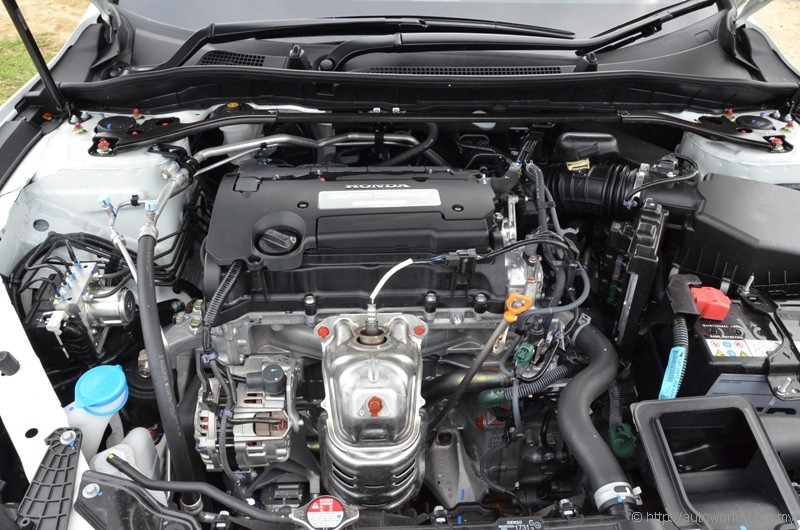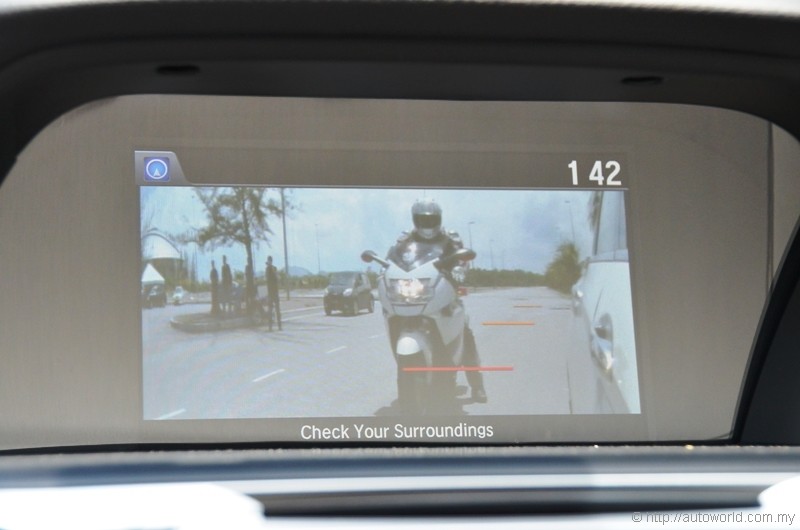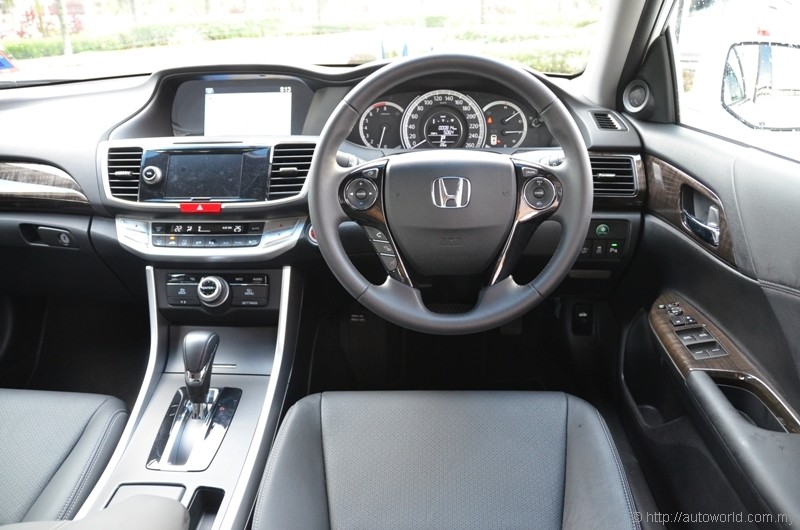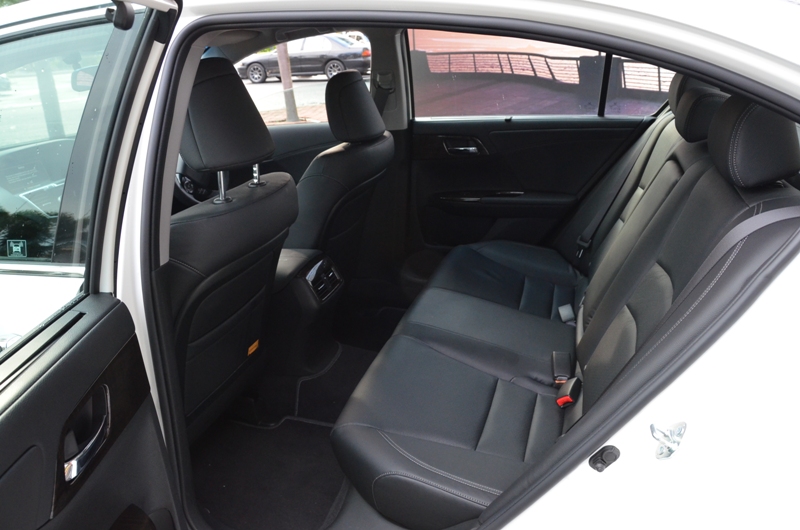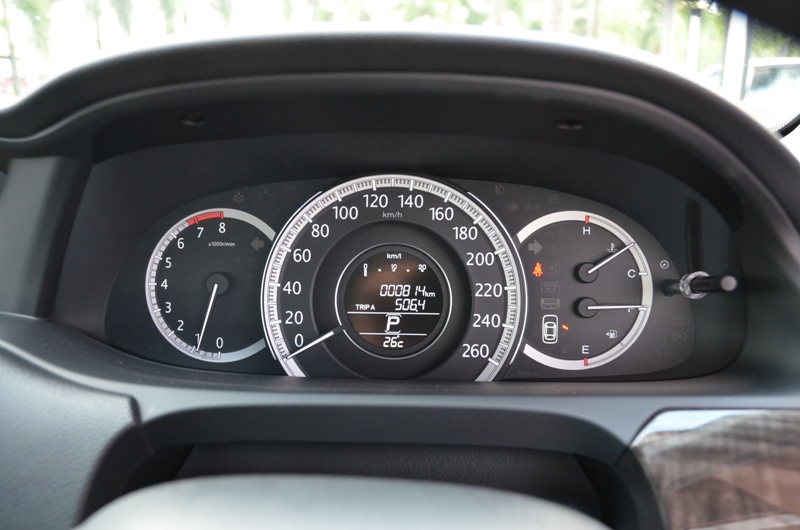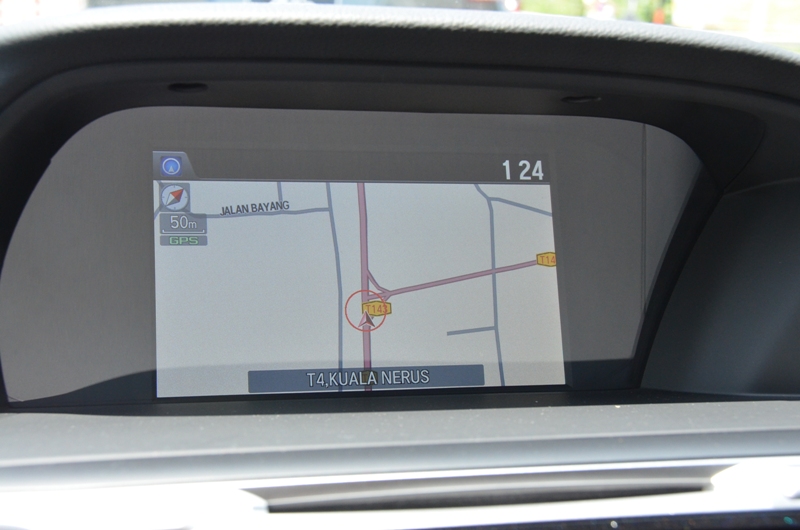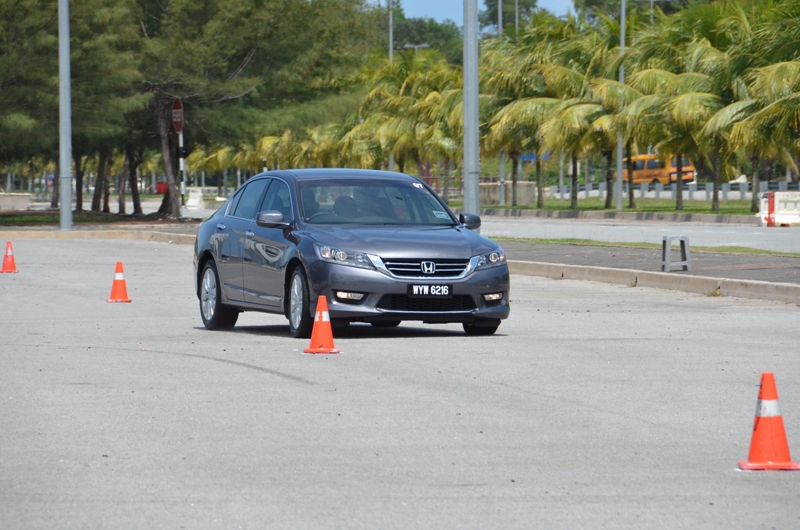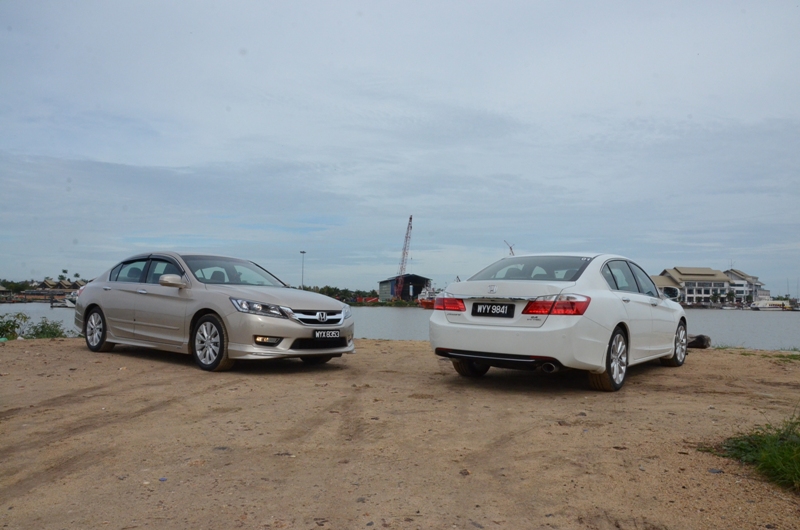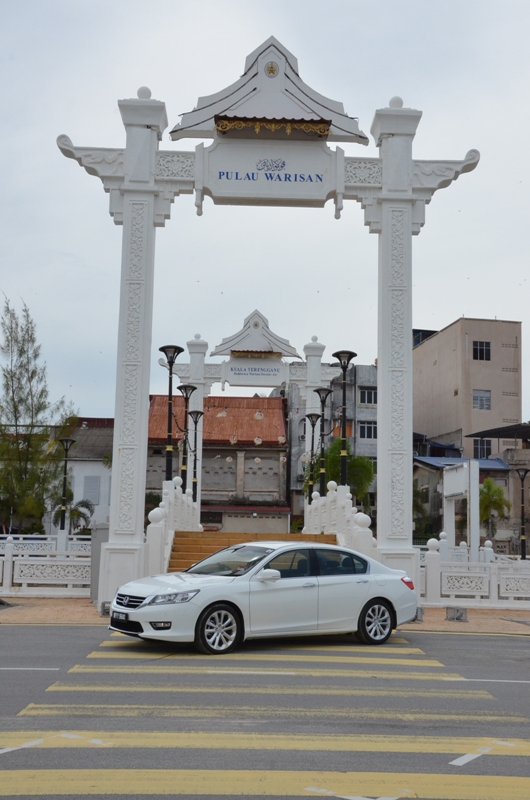Honda Accord 2013 Test Drive
Been there, done that. I have test driven the Honda Accord, both the 2.0 litre and the 2.4 litre models, between Kuala Terengganu and Kuala Lumpur. After the first drive in Thailand, this drive confirms the Honda Accord as an excellent choice of car.
So should you take the 2.0 or the 2.4? Or should you take the 2.0 with the higher specs? Well, it depends on you really, but here’s the score.
After driving the 2.0 litre model, I find the engine power to be sufficient enough to satisfy just about the majority of car users. If you are the type that drive at the speed limit most of the time, and once in a while need to go fast, then you fall into the category “majority of car users”. You probably care a little about how much you have to pay for road tax, fuel economy, and probably have a budget of around RM150k to RM160k.
The base model, Accord 2.0 VTi is retailed at 139, 800, and mind you, that is with insurance factored in. If you have any NCD (No Claim Discount), the cost of owning one goes down accordingly. What you get for your RM139,800 is a great new car – this is not a major facelift, but a totally new body, with a 2.0 litre engine carried over from the previous model, and the same 5-speed automatic, also carried over. Nothing wrong with that, as that is a great engine. If I am not mistaken, this is the new eco engine shared with the Honda CRV, and also the Civic 2.0 litre. It is a Single Overhead Cam(SOHC), 4-valve per cylinder, 1,997 c.c unit that is well proven, and very robust engine. You get 155 PS of power at 6,500 rpm, and 190Nm of torque at 4,300 rpm. Translated to the road, as I tested it, this means more than enough pulling power. All this is mated to a 5-speed automatic. Electric power steering is standard for all three variants, and if I didn’t mention it, most people wouldn’t know the difference. When I first tested the car, the steering system was so ‘normal’ (i.e. normal as in the hydraulic powered steering systems that we are all used to) that I had to check under the hood to re-confirm the fact.
Brakes are discs all round, with the front being ventilated for all three variants, and the 2.0 Accord comes with 17-inch alloy wheels. Suspension is different with the new model, with the front now sporting MacPherson struts instead of double wishbones on the old model. In an interview with the Large Project Leader (the man in charge of the Accord development), we were told that the Accord is still able to provide excellent handling despite not having wishbone suspension, and our driving test upholds this statement. In essence, it is all about fine-tuning the suspension to give you what you want. In addition, they did mention that the Macpherson struts take up less space, which is a fact, and they are lighter, which is another fact. Using struts, Honda is able to reduce weight for fuel economy, or to put weight into structural parts to make the body more rigid for handling purposes. The main difference between struts and wishbones is that wishbones are built like a parallelogram, so there is no camber change during cornering, whilst struts will compress, and camber goes into negative during cornering manoeuvres. To minimise this, Honda has adopted a longer lateral arm, that reduces camber change. The strut makers, however, have always maintained that changes in camber during cornering actually improves handling; as for myself, as far as the Honda Accord is concerned, there is no problem, because the car does handle very well.
The next variant is the 2.0 VTi-L, which is the same 2.0 VTi, with some additional features to make it more appealing, is priced at RM10k more. For this price, you get some of the 2.4 litre model features, such as smart entry and push-button start, leather upholstery, cruise control, hands-free telephony with steering wheel controls, 8-way powered driver seat, intelligent dual zone air-conditioning as compared to just dual zone (without intelligence, LOL), sunshades for the rear doors, a voice navigation system, bluetooth, and a rear view camera. With such a long list of goodies, it is worth it to go for this package, especially if you are a ‘gadget’ person. If it troubles your pocket book, the base unit is good enough.
Top of the range, and currently the flagship model of the entire Honda range available here is the RM172,800 Accord 2.4 VTi-L, that has all the goodies in one place at one time. The key item is the 2.4 litre engine, which is completely new, and represents the Honda “Earth Dreams’ technology, which is claimed to provide power yet is economical on fuel. The Earth Dreams engine is a DOHC (Double Overhead Cam) unit with an output of 175 PS at 6,200 rpm, and delivers a punchy 225Nm of torque at 4,000 rpm. When Honda introduced the SOHC engine configuration, first seen in the Civic 1.8 litre model, they stated that the SOHC unit was more economical on fuel, and could deliver better torque (pulling power) at lower engine speeds. Now, when asked why they reverted to a DOHC unit, the answer was that they have learned how to get better delivery throughout the engine rpm range. My humble opinion – the 2.4 litre in DOHC configuration will perform better at higher rpms – a proven fact form way back in the 70’s when these type of engines were developed for road cars. In any case, the internal combustion engine has gone through tremendous development in the last twenty of thirty years, so I do not doubt that the Honda engine designers have achieved what they said they have achieved.
For the additional money, you get, in addition to the new engine, a higher final drive ratio (closer to 1:1), which, translated to the road, is a lower engine speed for the same speed – this translates again to better fuel consumption. A rough comparison between the fuel used for the 2.0 litre and the 2.4 litre models showed that the 2.4 was marginally better – part of it was the driving style between two drivers, but generally, I would think the 2.4 litre may be more economical than the 2.0 litre. In designing a car, the engineers have to have a balance between fuel economy and drivability – sometimes you need to sacrifice some fuel to make the car more drivable – by lowering the drive ratios for better mechanical advantage, so that your car has some ‘get-up-and-go’.
You also get, with the 2.4 litre, bigger wheels (18-inch) with a lower tyre profile of 45 series, LED headlamps, full wood-grain trim, power rear sunshade, active cornering lights (the lights turn with the steering), a higher end audio system, side airbags, hydrophilic door mirrors, and Honda’s new Lane Watch System.
The lane watch system is a camera mounted to your left hand side wing mirror – activated either manually by a switch on your signal stalk, or when you activate your left turn signal. The camera transmits a wide angle picture of the left hand side of the car, alerting you of any traffic on your left. I find it a very useful feature, especially in Malaysia where too many people overtake you from the left, regardless of whether you signal your intention or not.
Performance-wise, there is nothing to complain about with regards to the Honda Accord. Naturally the 2.4 litre model is more powerful, so it does equate to a lot more fun, if you like to drive fast. It accelerates faster, and tops out at around 210 km/hr. Both models handle very well – well enough for what I would call a premium saloon meant for comfortable driving – it is all about balance, between a good comfortable ride and sporty performance. I think Honda has place this balance right in the middle, so those who want comfort will find it comfortable, while those who want some performance will find it performs, not like a race car, but good enough for the guy or girl who drives ‘normal’ most of the time, but wants some fun once in a while.
Which would I choose? The 2.4 of course. There are many reasons why I would seriously consider the Honda Accord as my next purchase – it is still a big car, despite having slightly smaller dimensions than its predecessor, it looks great, is economical to drive, yet is powerful. Like I said, balance is everything.





